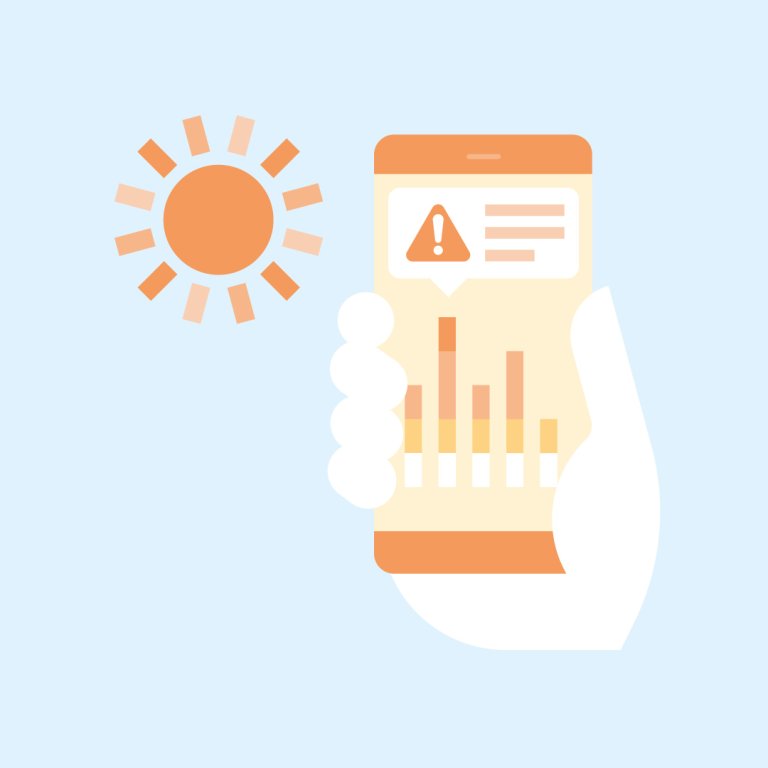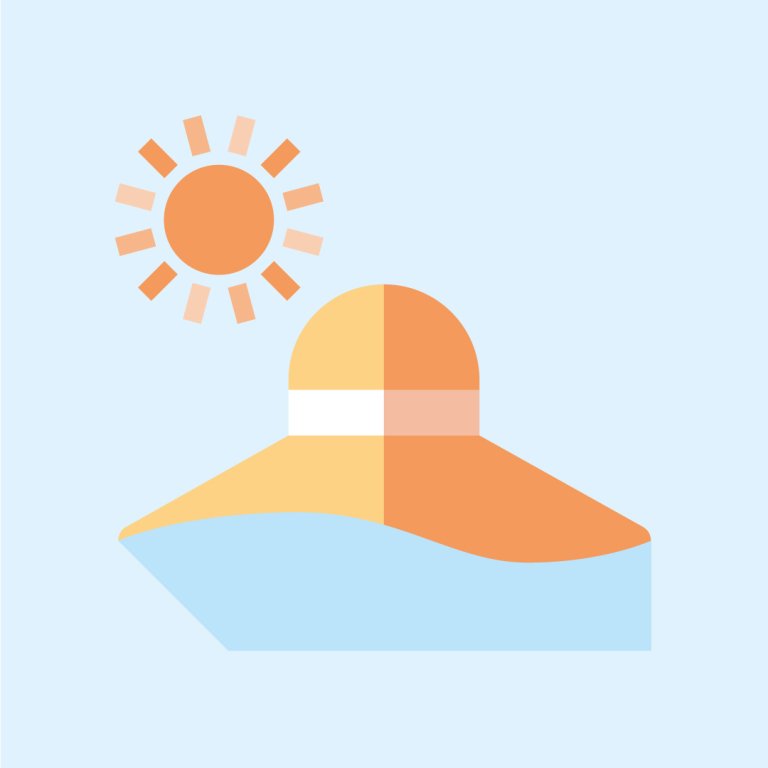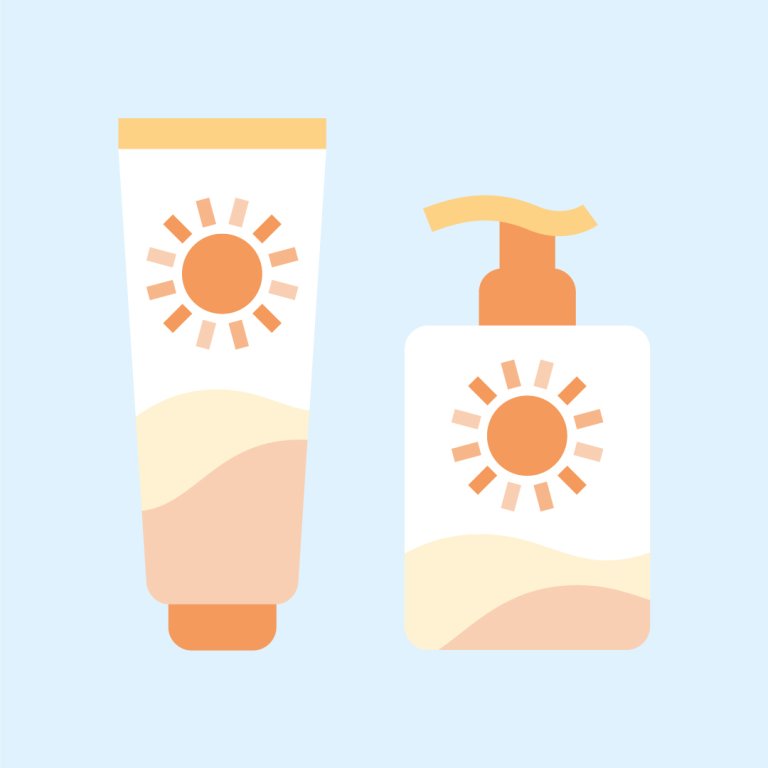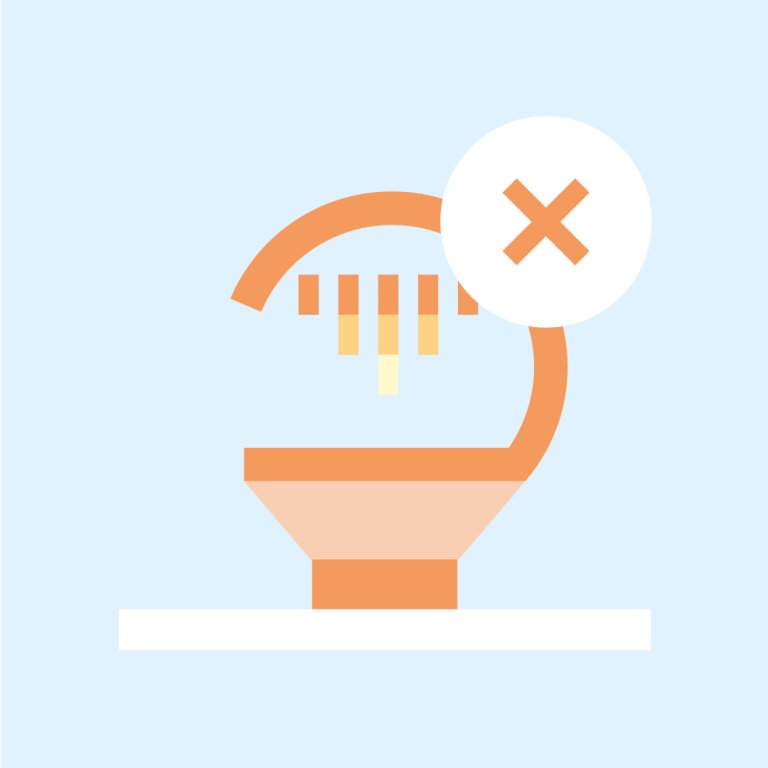|
|
Limit time in the midday sun Your best protection is to limit the time in the midday sun. The risk of skin cancer increases if you get sunburned and if you are exposed to high doses of UV over time, even if you don’t get burned. |
|
|
Check the UV forecast Check the UV forecast in the YR app. Protect yourself if the UV index above 2. |
|
|
Seek shade and use clothes, a brimmed hat, and sunglasses For example, fair-skinned are more sensitive the UV rays and need more protection. |
|
|
Use abundantly amounts of sunscreen where you are not protected otherwise Use sunscreen of at least 30 SPF, and never use sunscreen to prolong your exposure to the sun. Apply generously, a handful to a body, 30 minutes before sun exposure. Reapply every 2-3 hours, and if you have been bathing or sweating. |
|
|
Do not use sunbeds Use of sunbeds increases the risk of skin cancer. The risk increases the more sunbed you use and the earlier you start using a sunbed. There is no safe lower limit for sunbed use. |
UV index describes the level of solar UV radiation
UV index describes the level of solar UV radiation. The higher the index, the more intense UV radiation and the more important it is to protect yourself from the sun. If the UV index is higher than 2, you should protect yourself.
- 1-2 means low radiation
- 3-5 means moderate radiation
- 6-7 means high radiation
- 8-10 means very high radiation
- 11 and higher means extreme radiation
When is the sun most intense?
- The sun is most intense during spring and summer and during midday hours.
- The sun is more intense the closer you get to the equator.
- The intensity of the sun is about twice as high in tropical areas as in southern Norway in the summer.
- The thinner the ozone layer, the more intense is the sun.
- Reflections from snow, light sand and sea enhances the intensity.
- Cloudy weather attenuates the radiation.
UV index today
- See how intense the sun is right now: Today’s UV index
- See how intense the sun is expected to be in Norway and abroad:
- Yr web or app on your mobile phone/tablet: Expected UV radiation at your location (select location, then "Nearby" in the top menu at the web or bottom line in the app)
- NILU: UV forecast for Norway and holiday destinations abroad (In Norwegian)





